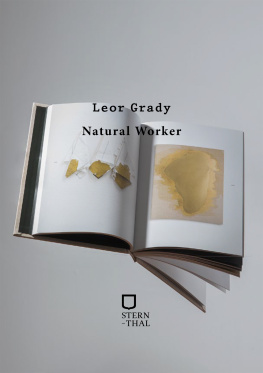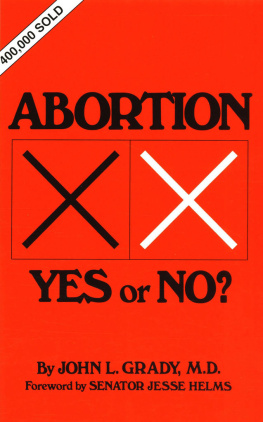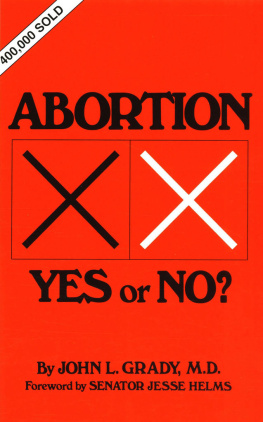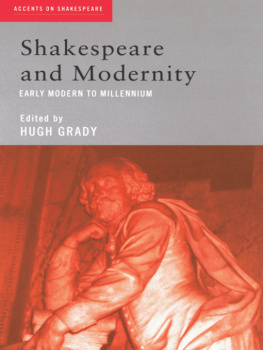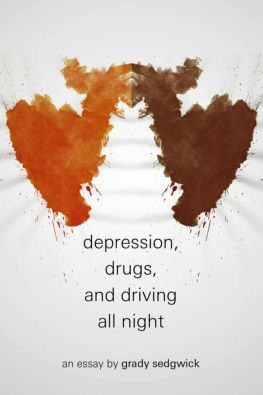Sivan Rajuan Shtang - Natural Worker Leor Grady
Here you can read online Sivan Rajuan Shtang - Natural Worker Leor Grady full text of the book (entire story) in english for free. Download pdf and epub, get meaning, cover and reviews about this ebook. City: Tel Aviv, year: 2018, publisher: Sternthal, genre: Art. Description of the work, (preface) as well as reviews are available. Best literature library LitArk.com created for fans of good reading and offers a wide selection of genres:
Romance novel
Science fiction
Adventure
Detective
Science
History
Home and family
Prose
Art
Politics
Computer
Non-fiction
Religion
Business
Children
Humor
Choose a favorite category and find really read worthwhile books. Enjoy immersion in the world of imagination, feel the emotions of the characters or learn something new for yourself, make an fascinating discovery.
- Book:Natural Worker Leor Grady
- Author:
- Publisher:Sternthal
- Genre:
- Year:2018
- City:Tel Aviv
- Rating:3 / 5
- Favourites:Add to favourites
- Your mark:
- 60
- 1
- 2
- 3
- 4
- 5
Natural Worker Leor Grady: summary, description and annotation
We offer to read an annotation, description, summary or preface (depends on what the author of the book "Natural Worker Leor Grady" wrote himself). If you haven't found the necessary information about the book — write in the comments, we will try to find it.
Natural Worker Leor Grady — read online for free the complete book (whole text) full work
Below is the text of the book, divided by pages. System saving the place of the last page read, allows you to conveniently read the book "Natural Worker Leor Grady" online for free, without having to search again every time where you left off. Put a bookmark, and you can go to the page where you finished reading at any time.
Font size:
Interval:
Bookmark:
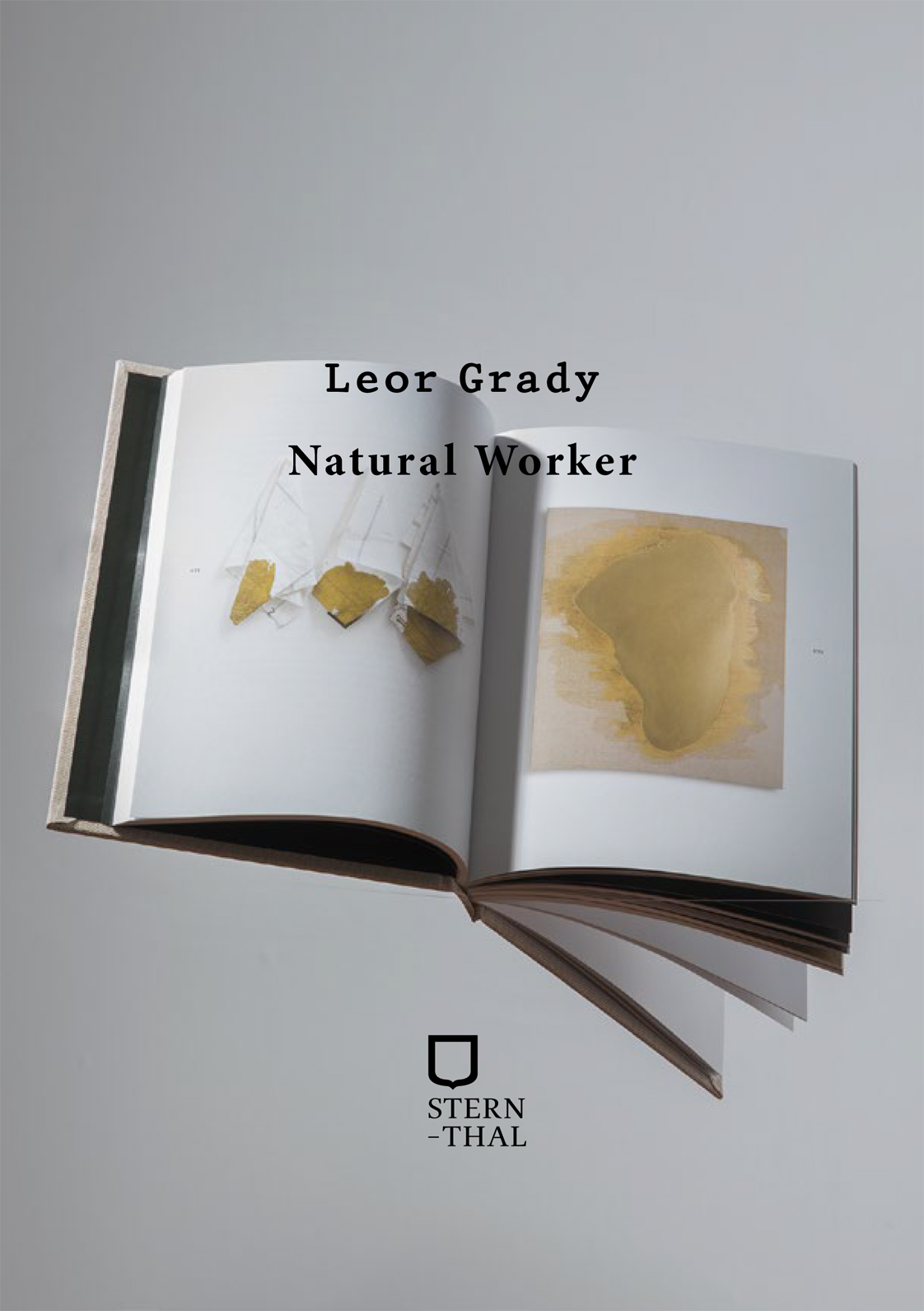

For my parents
Leor Grady
Natur al Worker
Text: Sivan Rajuan Shtang
Arabic translation: Nawaf Athamnah
English translation: Sivan Raveh
Design: Koby Levy, Michal Zur (The League)
Photography: Nitzan Krimsky, Inbal Abergil, Yuval Hai, Mati Elmaliach, Gil Lavi, Guy Pitchon, Avi Amsalem
Printed and Bound at A.R Prints Ltd., Tel Aviv
ISBN: 978-1-988689-03-6
Published by Sternthal Books
www.sternthalbooks.com

All rights reserved by Sternthal Books. This book is protected by copyright. No part of this publication may be reproduced, stored in a retrieval system, or transmitted in any form or by any means, electronic, mechanical, photocopying, recording or otherwise without the prior permission of the publisher. Copying our publications in whole, or in part, for whatever reason, is a violation of copyright laws and can lead to penalties and fines.
Copyright 2018 Sternthal Books
A minimalist yet razor sharp voice emerges from the recent works of Leor Grady. This voice is inscribed with traces of a battle left behind by an invisible body that demands severance of the actual body queer, Mizrahi, Yemenite, traditional and from a symbolic body national, modern, western, and artistic. Gradys figurative images are measured. When they appear as in Untitled (Pieta), 2005; Untitled (with Parents), 2007; Untitled (Marks), 2009; Untitled (Posters), 2013; Untitled (Cesar), 2013 they are the figure of this body; which Israeli culture in general, and Israeli art in particular, represses, displaces, excludes, and overlooks unable to recognize or come to terms with the consequences of its appearance neither in the symbolic artistic realm, nor in local visual culture.
Grady disrupts the narrative of the national body by making images in which Zionist hegemonic history is released from its traditional boundaries and binary categorizations: modernism vs. tradition, nationalism vs. religion, heterosexuality vs. homosexuality, Hebraism vs. Arabism. Not only do these images present a new pre or post national symbolic relationship, they also neutralize the hegemonic monopoly on the excluding and classifying act itself.
Each one of Gradys works contributes to the articulation of a new language that dismantles and reassembles relations between discourses, traditions and visual practices, materiality, literariness and language, shaking up a political culture that began 150 years ago, at the end of the 19th century, with the arrival in Palestine of European and Yemenite Zionists. Grady revives this history, as well as its traces in the framework of pioneering institutional art Bezalel in the early 20th century and asks us to question the source of hierarchies and political relations between sexuality, gender, race, and nationality in Israel and in Zionist culture at large. His cultural objects invite the missing body to now recall its historical violence, histories both erased, and yet to be created. The works act simultaneously with the Zionist viewpoint and against it. They feed and deprive it of its imagined power, ruin its ideological bases by dismantling discursive constructs, language, and Zionist visuality, and provide it with a new image.
The interdisciplinary aspect of his conceptual works in various media sculpture, video, and drawing, along with his poetic use of everyday objects, familiar images, materials and traditional techniques (such as embroidery, using olive oil and gold) forms a visual language fully committed to the history of art, which is at the same time totally independent. This juxtapositioning enables a powerful viewing experience combining scent, texture and materiality, while at the same time connecting tradition to intimacy, the white cube to the home, politics to poetics, and grandeur to the body.
Grady has exhibited in various solo and group exhibitions at places including The Smithsonians National Portrait Gallery in Washington D.C., Tel Aviv Museum of Art, Haifa Museum of Art, Ashdod Art Museum, Petach Tikva Museum of Art, Y Gallery, Exit Art, Apexart and The Center for Book Arts in New York City and Magasin - Centre National dArt Contemporain, Grenoble, FR.
Sivan Rajuan Shtang
Embroidered Letters
Gold thread on linen, 90120 cm., 2016
Gold thread on linen, 90120 cm., 2016
Gold embroidery on linen, 90120 cm., 201
Gold embroidery on linen, 90120 cm., 2016
Untitled (from Rachel the Poet Series)
Gold embroidery on linen, 90120 cm., 2016
Untitled (Letter)
Gold embroidery on linen, 90120 cm., 2014
Untitled (from Rachel the Poet Series)
Gold th read on linen, 90120 cm., 2014
The following English translations relate to the embroidered letters on previous pages
Kinneret, Erez Israel, 20 Iyar, 5689 (1928)
Greetings to Mr. Sacker, honorable head of the Zionist Organization, our dear and beloved Mr. Sacker, may the Lord keep your name in blessings and peace.
We wish to point out to you that we, who are poor and miserable, continually wretched and without help, cry out and get no response. All that we have gone through in the Kinneret does not escape your awareness - the funds, our bodies and souls, wrested from our native land and flung onto the drawing board of the Keren Kayemet. All of our efforts have gone to waste, condemned to be written in the book of memory.
All that we have gone through, either good or bad, is past, and what has passed is past, and now we are talking about the future. We are begging you to grace us, and show mercy upon the poor Yemenites of the Kinneret, and accept our wish to be included in this years budget.
Let peace be upon you, and upon your home, and all that is yours.
The Yemenites of The Kinneret
*
5687 (1926)
We covered the entire plot of land we received with vegetables, we managed through our hard work; the other group saw that we were bringing life to the barrenness, and they closed the water on on The Yemenites, and the vegetables which were two thirds ripe were all lost.
We have approached an appraiser and he determined that the destroyed crops incurred 90 funts of damage. Against our wishes, we had to contact the government, we simply could not believe this was possible. We are members of the Histadrut, we are also Jews. How could this be? We approached the management, and they claimed this was not under their jurisdiction, so they sent us to The Agricultural Center. We contacted the center, and they said they will send two representatives to settle the issue.
That was in the month of Sivan. We have waited in vain, and are still without an answer. They continue to placate us as we enter the month of Av.
*
Kinneret, 25 of Tamuz, 5690 (1929)
Greetings to the honorable head of the Erez Israel Agriculture Labor Organization. We wish to notify you that we have received your letter regarding our settlement, and while we accept it with goodwill, love, and respect, this is not withstanding the difficulties that we have suffered and faced since arriving in the Kinneret.
Since our arrival the area has been infested with swamps and rotten odors, and we have suffered through it without complaint, as we expected it to be, being new here. Thus is the custom for those newly arrived to the land of Israel, who must first overcome suffering and hardship until they begin to see the places betterment.
Font size:
Interval:
Bookmark:
Similar books «Natural Worker Leor Grady»
Look at similar books to Natural Worker Leor Grady. We have selected literature similar in name and meaning in the hope of providing readers with more options to find new, interesting, not yet read works.
Discussion, reviews of the book Natural Worker Leor Grady and just readers' own opinions. Leave your comments, write what you think about the work, its meaning or the main characters. Specify what exactly you liked and what you didn't like, and why you think so.

